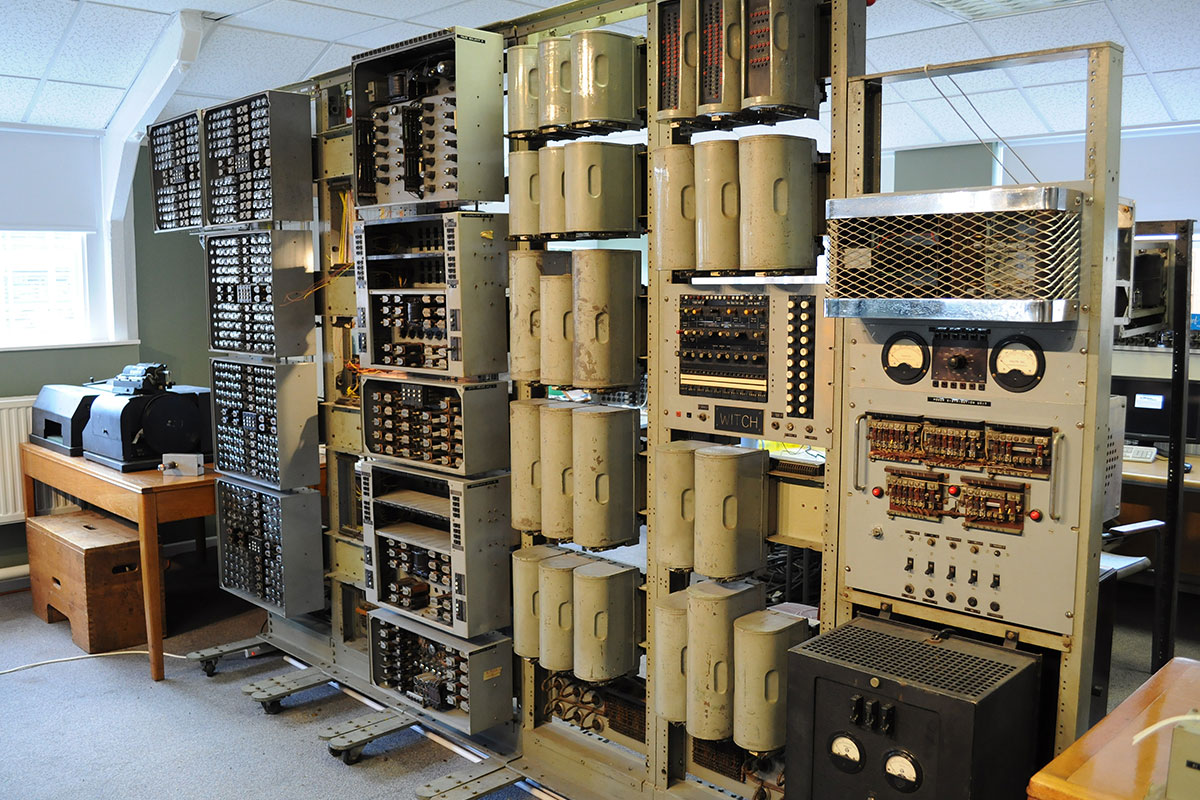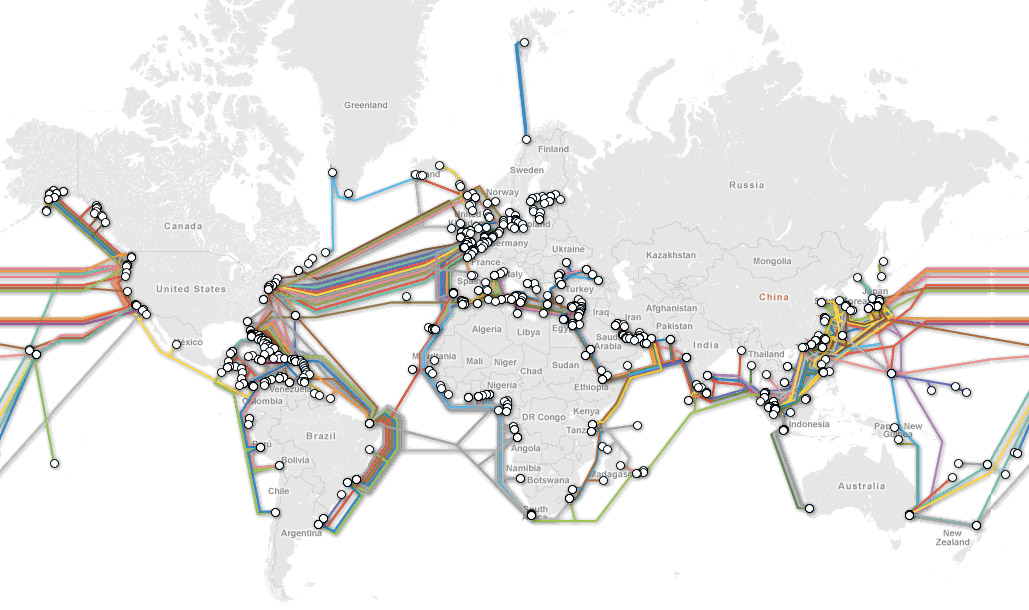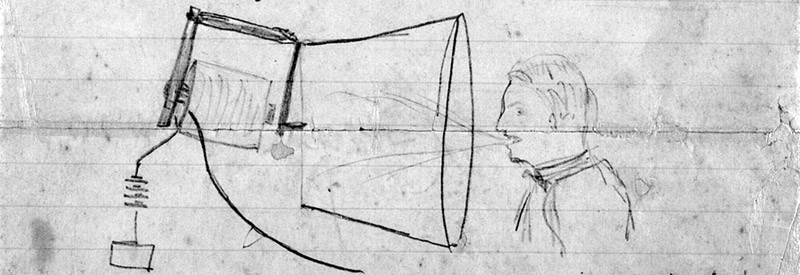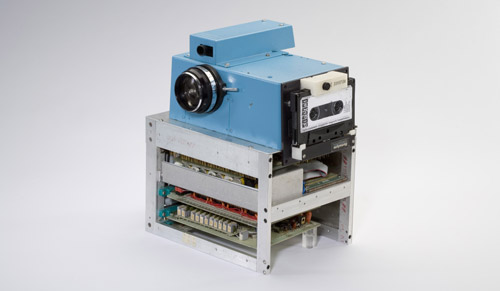Apparently, cyclists riding fixed-gear bicycles confuse Google’s self-driving cars.
The car got to the stop line a fraction of a second before I did, so it had the [right of way]. I did a track-stand and waited for it to continue on through.
It apparently detected my presence … and stayed stationary for several seconds. it finally began to proceed, but as it did, I rolled forward an inch while still standing. The car immediately stopped…
I continued to stand, it continued to stay stopped. Then as it began to move again, I had to rock the bike to maintain balance. It stopped abruptly.
I had never head of a track-stand before. Performing one involves a rocking back-and-forth a bit with your wheel at an angle, it helps to preserve momentum. Here’s a video.




